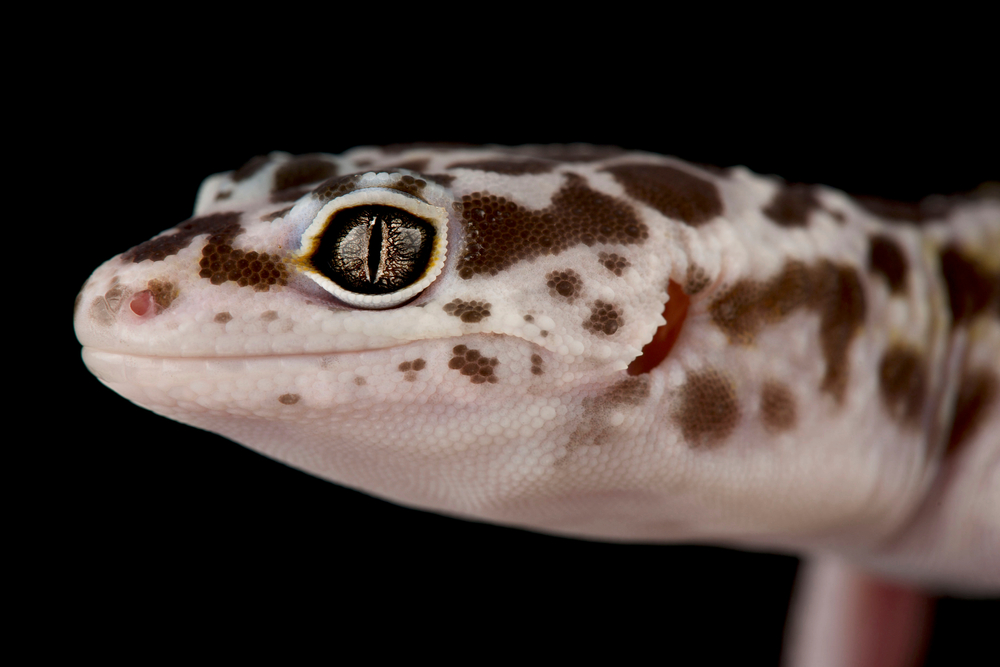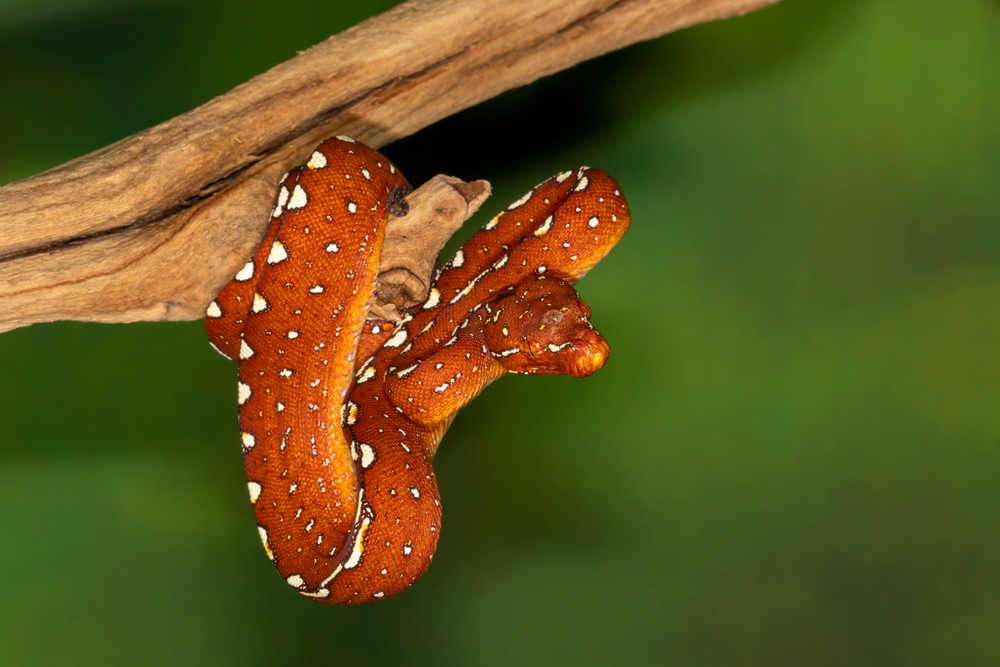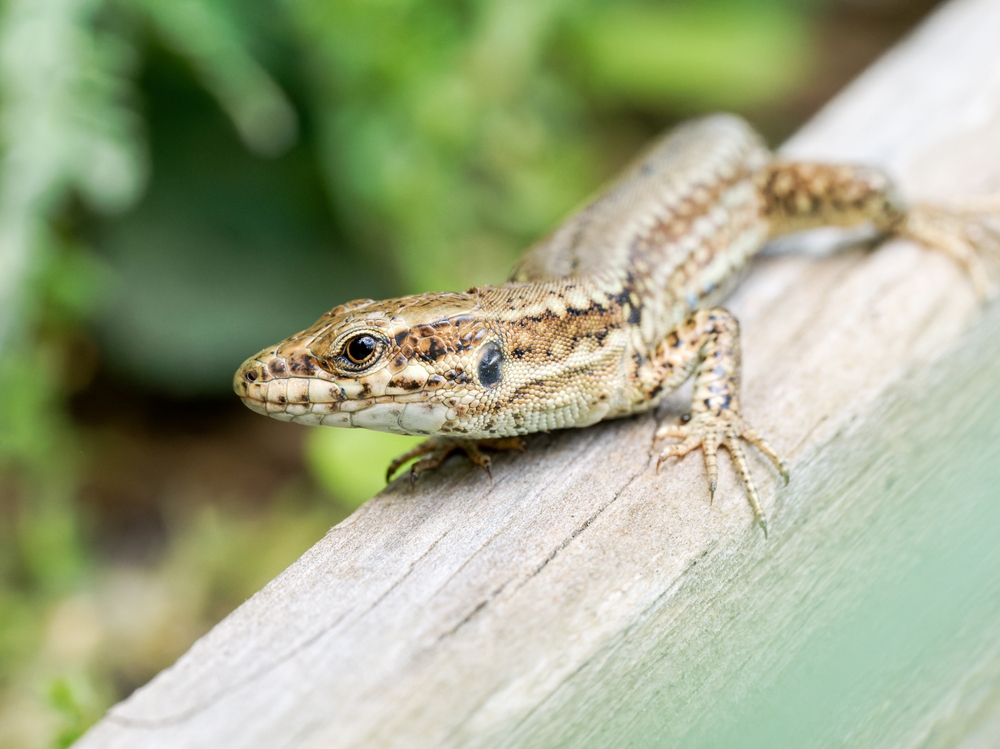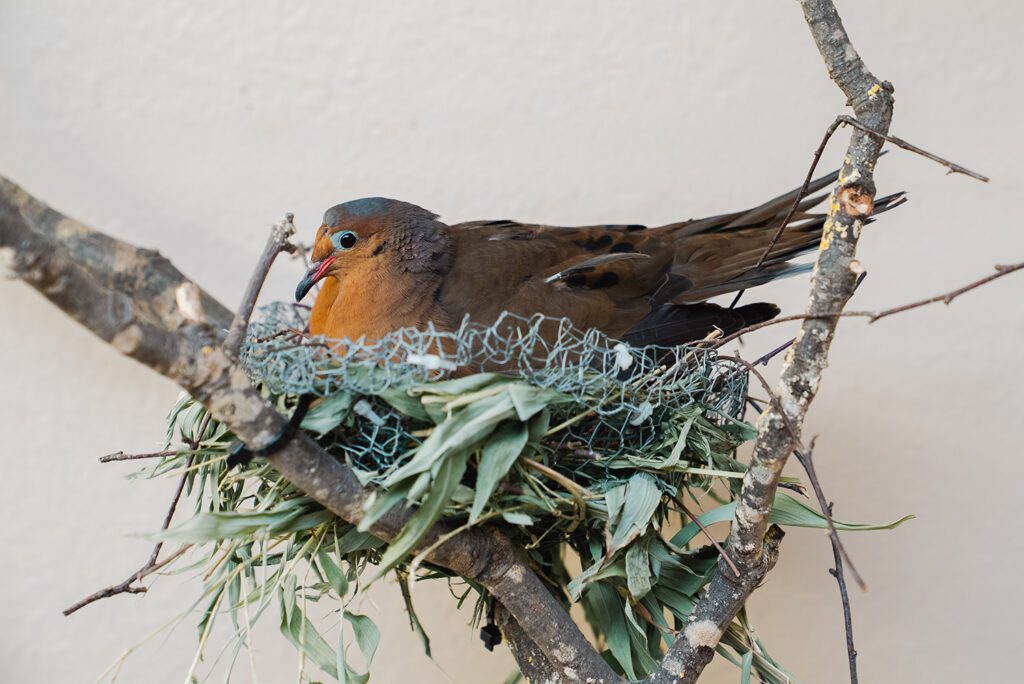The West Indian leopard gecko (Eublepharis fuscus) is a species of leopard gecko occasionally and in recent years, more frequently found in the hobby. Inhabiting a more southernly range than the popular Eublepharis macularius, this species requires much higher humidity with a scrub forest biotope.
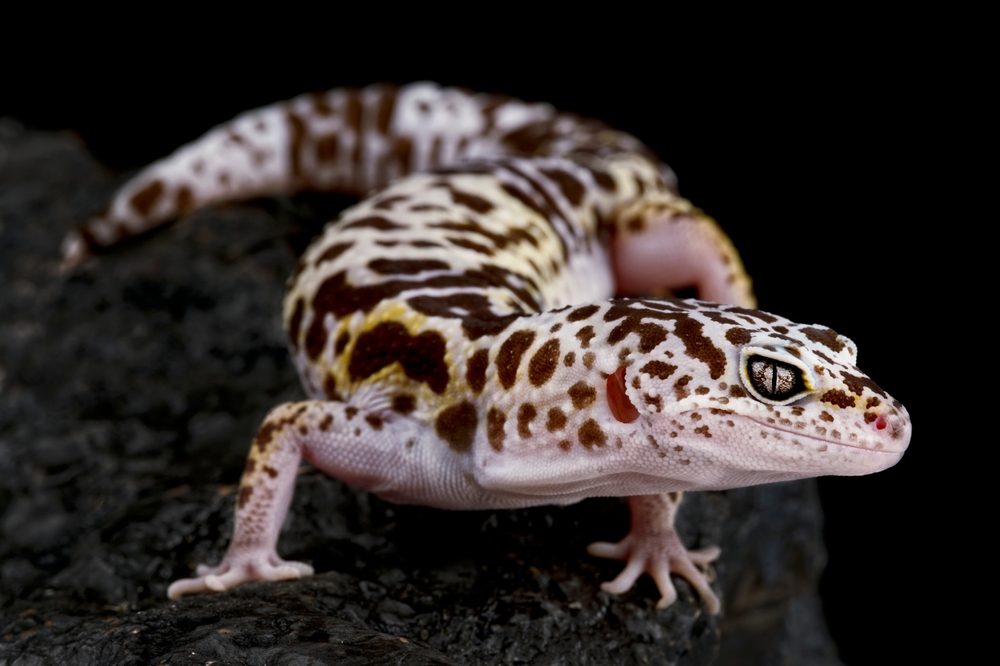
The West Indian leopard gecko has a velvety skin with more distinct banding. Spots are less clearly defined and overall colour is duller than the common leopard gecko. This is where the species gets its epithet “fuscus” which means ‘dark’ or ‘dusky’.
West Indian Leopard Gecko Husbandry
This species should be maintained similarly to a common leopard gecko, but naturalistic substrate that incorporates coir is recommended so that humidity can be kept more than 60% with night-time spikes up to 85%. During the summer months, a steady humidity of 75% should be maintained with a hotspot of 35℃. In winter, temperatures should drop to around 20℃ and humidity should also fall slightly. Ferguson Zone 1 UV should be provided year-round, with 14 hours of daylight in summer, dropping gradually to around 8 hours of daylight in winter.
The West Indian leopard gecko is also broadly considered to be hardier than the common leopard gecko by breeders. This may be because the species has been bred mostly by experts and professional facilities that have taken careful consideration to preserve genetic diversity where possible.
Nature’s Imitation Game: Emerald Tree Boas and Green Tree Pythons
High in the forests of South America and the Indonesian archipelago, jewel-toned snakes drape themselves…
The Wall Lizards of Ventnor Botanic Garden
Tucked away on the sun-soaked southern coast of the Isle of Wight, UK lies a…
Thinking Like a Snake: Field Insights into Emerald Tree Boa Husbandry
Among keepers, few snakes inspire as much awe as the emerald tree boa (Corallus sp.)….
Herping Arizona Monsoons 2025 – Part One
Arizona encompasses vast stretches of Sonoran, Colorado, and Mojave Deserts. It’s scattered with 10,000-foot-high mountains…
“Extinct” Doves Hatch at Chester Zoo
Eight chicks belonging to a dove species that has been extinct in the wild for decades…
Naming Nature: Where Taxonomy Meets Pop Culture
From David Bowie’s lightning bolt immortalised in the iridescent fur of a spider, to Jackie…
